Representatives from Oklahoma’s Kirkpatrick Foundation, Save the Illinois River, the city of Tahlequah, OK and Des Moines’ SR3 Sealife Response, Rehabilitation and Research – along with the city of Des Moines – joined forces on Monday, Nov. 16, 2020 to announce a new partnership.
And yes, it’s a rather unlikely one, seeing that there are no whales in landlocked Oklahoma.
The “Oklahoma Killer Whale Project” will honor the connection between Tahlequah, OK and ‘Tahlequah,’ or J35, a member of the local Southern Resident killer whale community. The collaborative effort has formed a “Sister Community” to support SR3’s Southern Resident health assessment research and connect Oklahoma-based ocean enthusiasts to the coastal waters of the Pacific Northwest.
“In Oklahoma, we recognize the connection between our own Tahlequah — a city where environmental and animal protection has a vibrant history — and the endangered Southern Resident killer whales,” said Ed Brocksmith, Secretary & Treasurer of Save the Illinois River.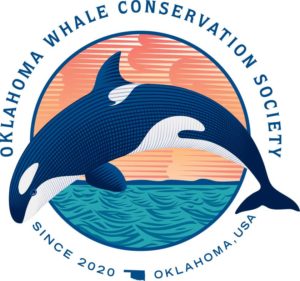
Tahlequah (J35) is the killer whale who captured the world’s attention when she carried and grieved for her deceased calf for 17 days in 2018, then successfully gave birth to a boy (J57) is September this year. The birth of this calf in the Southern Resident killer whale family is a hopeful sign for a group that is near extinction.
“We are delighted to celebrate the birth of a calf to Tahlequah, but we also recognize this moment in time as a unique opportunity to highlight the struggles that remain to protect this species from vessel noise, disturbance, and extinction,” said Louisa McCune, Executive Director of the Kirkpatrick Foundation.
A large component of the partnership is a double match fundraising effort that will be directed toward the organization’s research program, which informs conservation efforts for the Southern Resident killer whales. Donations will not only be matched dollar-for-dollar by the Kirkpatrick Foundation, up to $20,000, but an anonymous donor in Washington State will also match donations dollar-for-dollar, up to $40,000, in general support of the non-profit. This unique opportunity allows those passionate about helping marine wildlife to quadruple their impact! Interested in helping? Learn more by clicking here.
Additional efforts and opportunities being explored across this partnership include a future Zoom Education Series, an Oklahoma Ambassadors Program making future trips to the Salish Sea, and an “Oklahoma Whale Conservation Society.”
“No matter where you live, we all have a role to play in protecting our oceans. Forging connections like this is an essential part of maintaining healthy marine ecosystems,” said Casey Mclean, SR3 Executive Director and Veterinary Nurse. “It is heartwarming to see people from across the country coming together to protect this special population of whales. I think it shows how we can still change course here, and that should give us all hope right now.”
Below are photos that showcase some of our region’s beautiful Southern Resident killer whales:
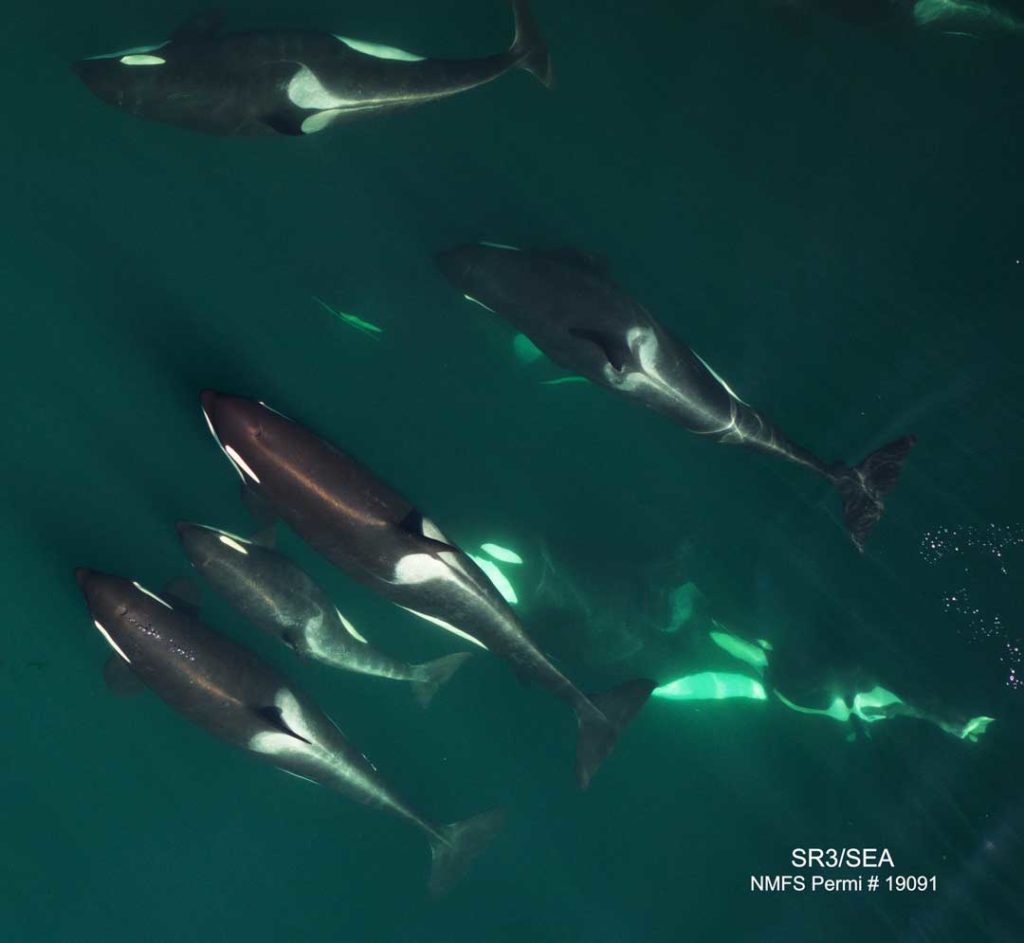
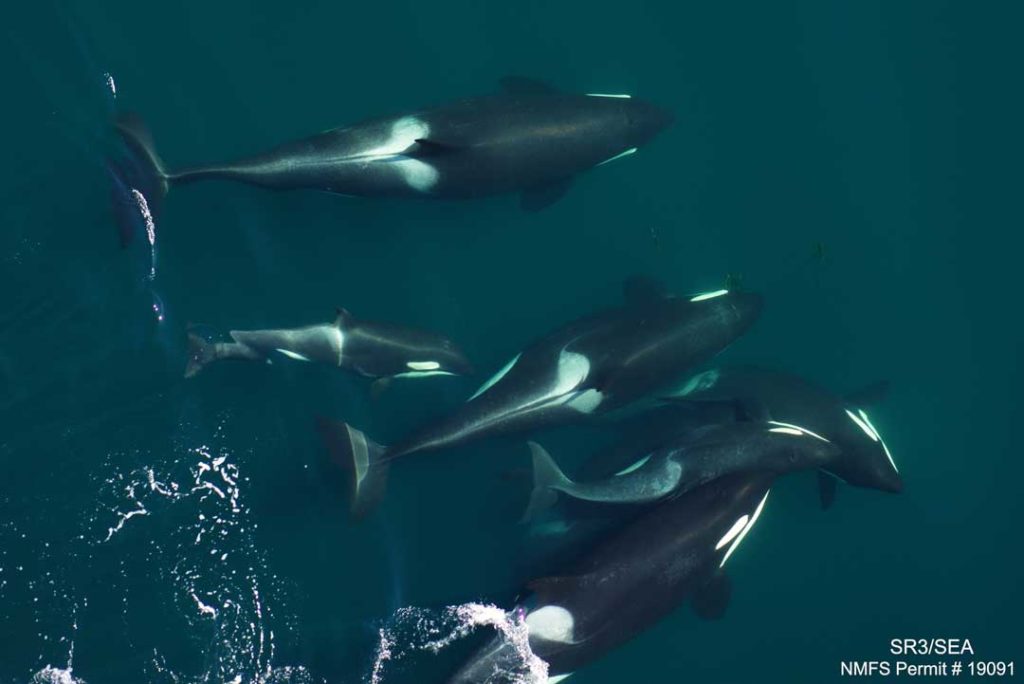
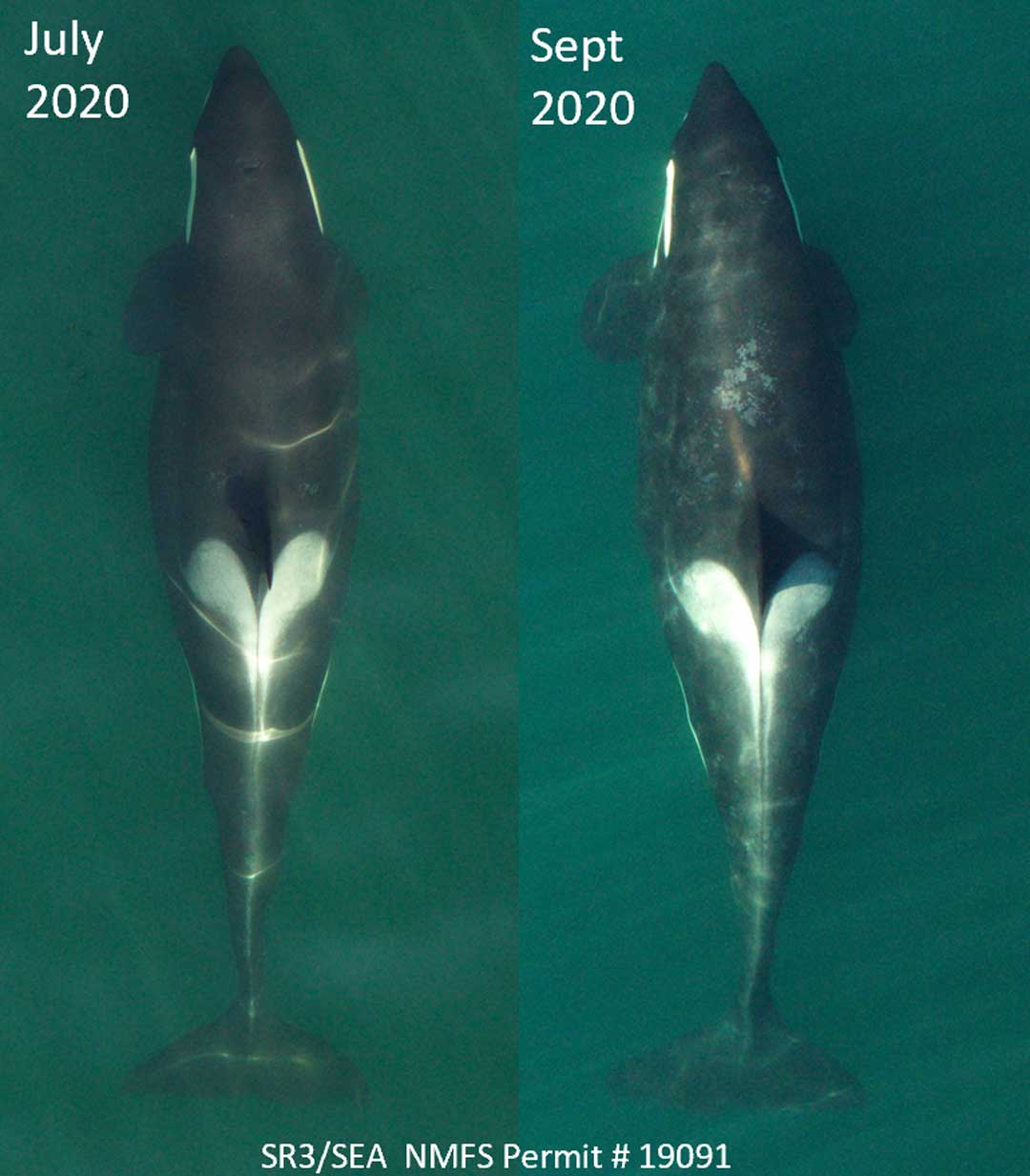
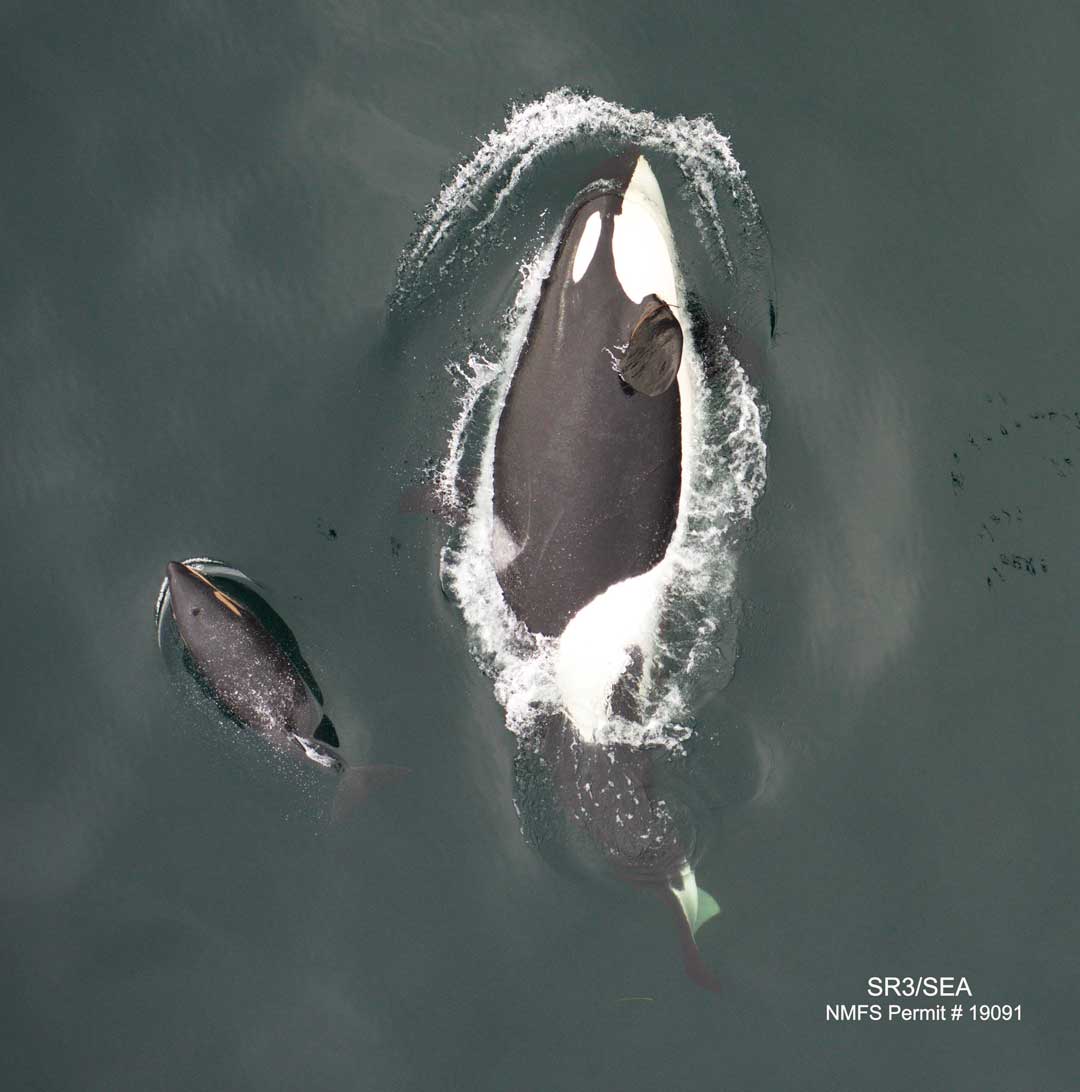
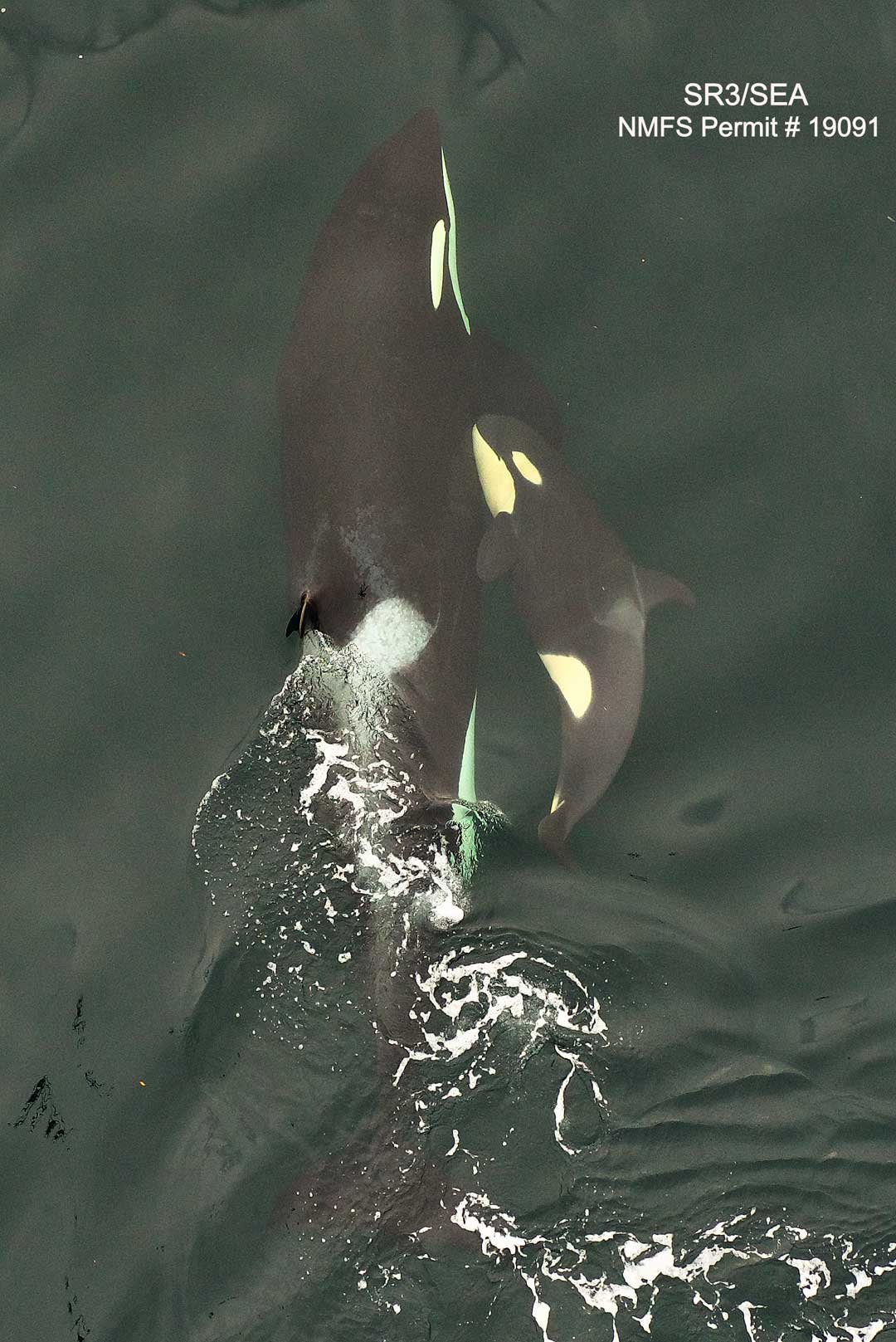
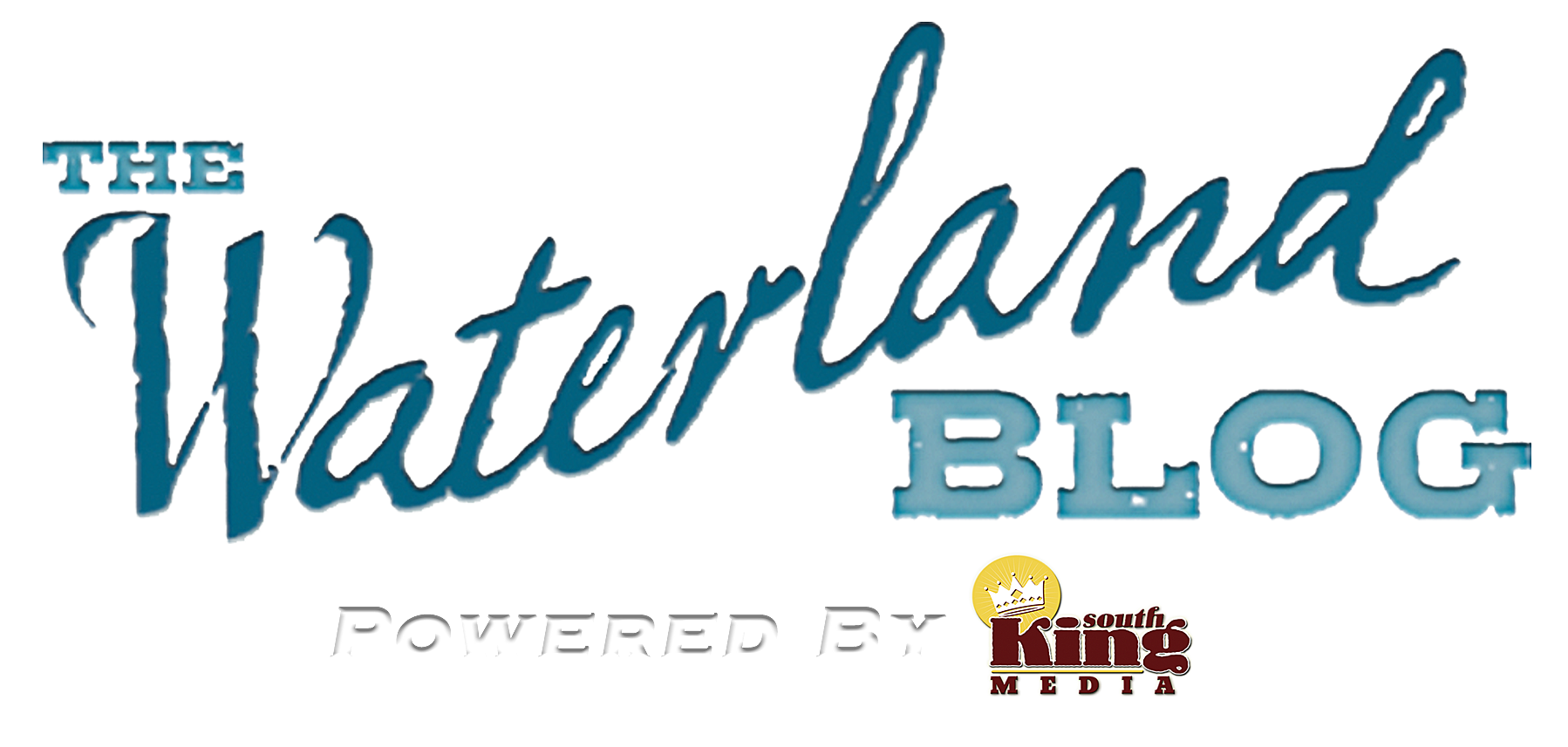
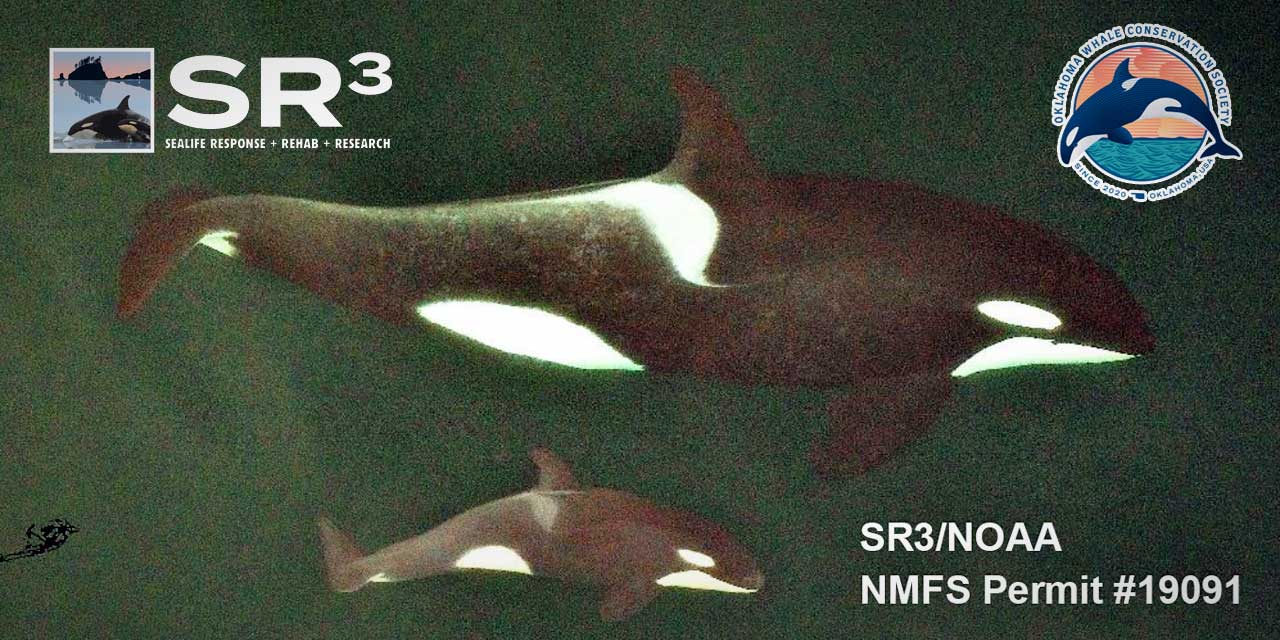
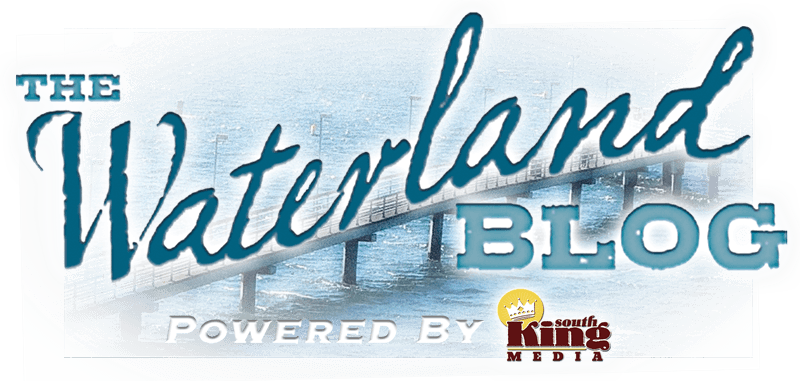
But why not “Oklahoma Orca?” Using the outdated and incorrect name for these majestic animals is, well outdated and incorrect 🙁